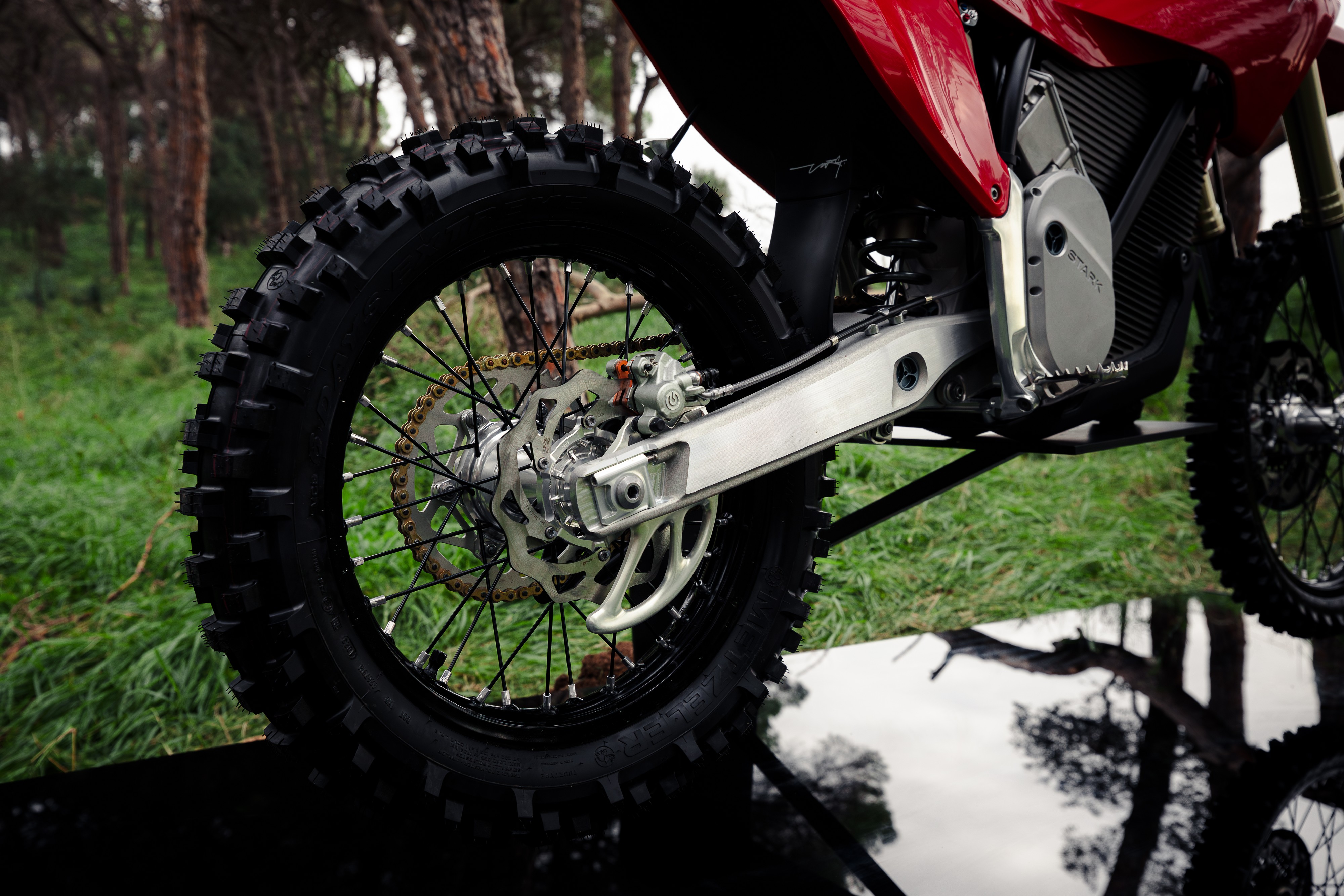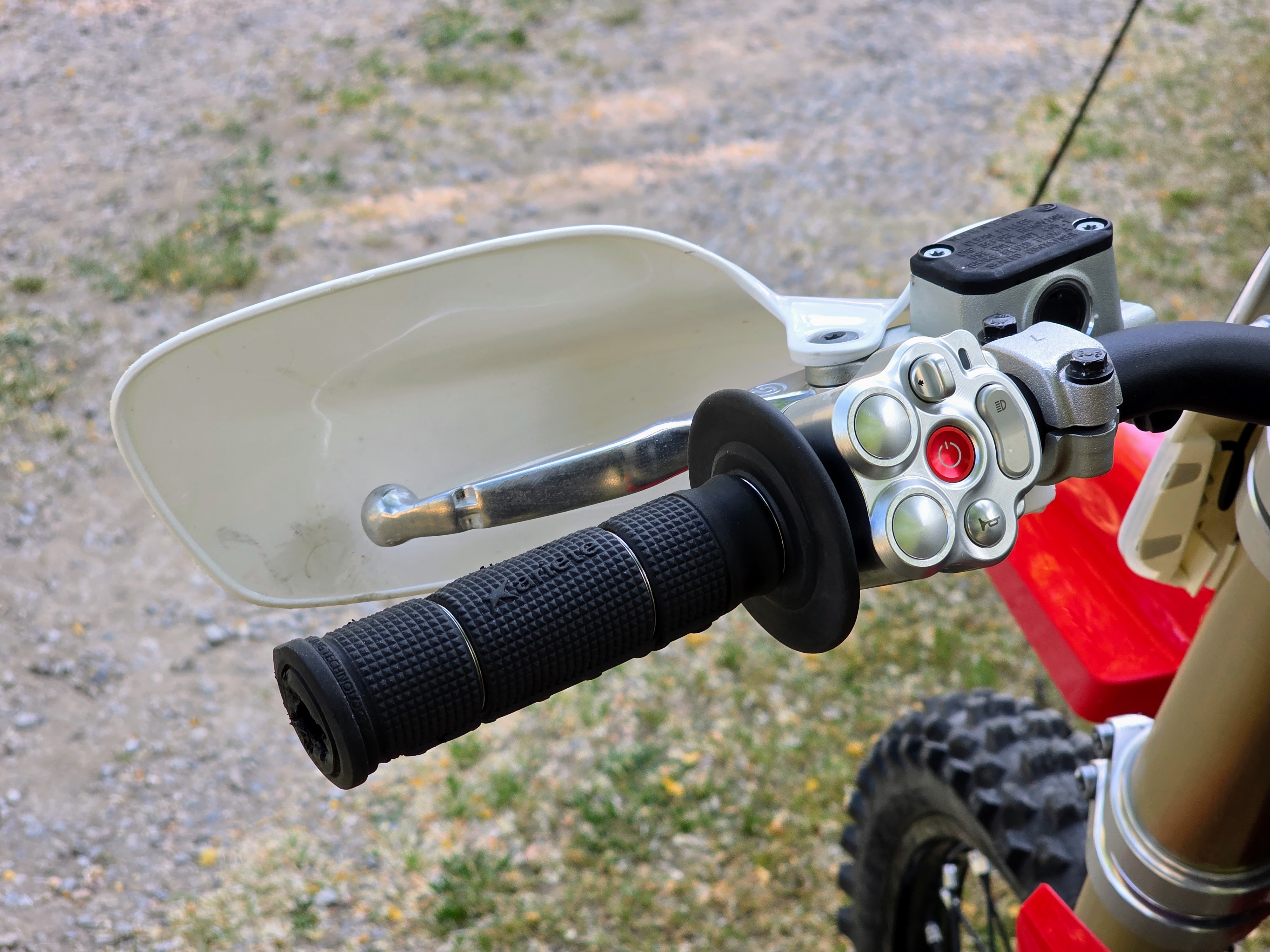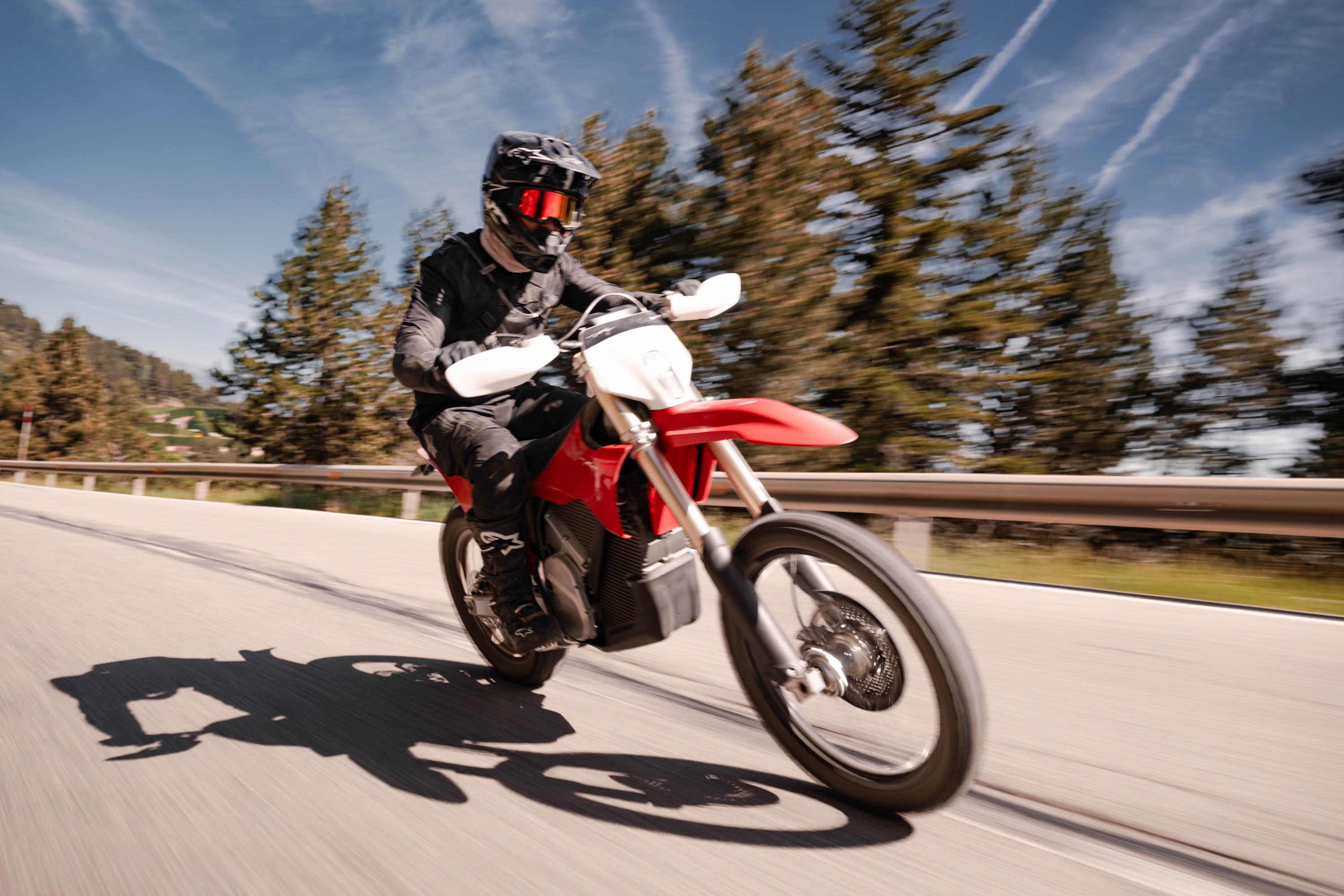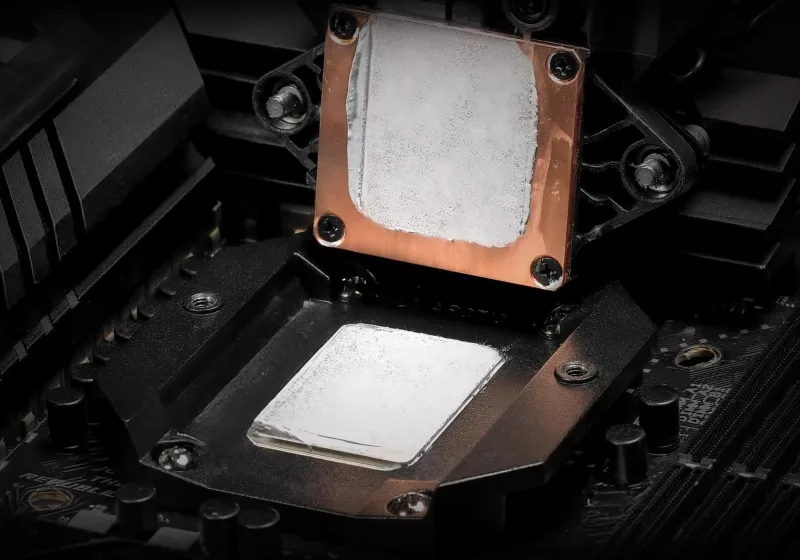The sport of off-roading suffers from a fundamental discordance: The desire to get out into nature and the irreparable harm inherent in the process of off-roading. That harm comes not only from damage to the land itself, but from an environment polluted with both fumes and noise.
Off-roading in an EV isn't exactly a panacea, but it goes a long way toward at least solving those last two concerns. Over the years, I've been lucky enough to off-road in quite a few extremely capable EVs, but none more so than the new Stark Varg EX. This thing is an all-terrain monster, a diminutive 264 lb (120 kg) motorcycle with twice the torque of a Porsche 911 GT3, enough capability to cross nearly anything you care to run it over, and just enough civility to be street-legal.
It's a wildly impressive two-wheeled machine—but one that's not quite ready for primetime.
A new electric player
Founded in 2020, Stark Future's first motorcycle is the Varg, which means "wolf" in Swedish. The Varg MX is an electric motocross and enduro monster that has already won numerous races and even the British Arenacross Championship. Where that machine was designed exclusively for off-road play and competition, the new Varg EX makes some concessions in the name of on-road legality and practicality while delivering a number of upgrades and tweaks over the earlier MX.
The Varg EX is built around two things: a 7.2 kWh battery pack and a permanent-magnet electric motor that, despite not being much larger than a can of soda, produces 80 hp (60 kW) and an astonishing 692 lb-ft (938 Nm) of torque.
Bikes are built at Stark's facility in Barcelona, Spain, where workers assemble battery packs plus the bikes they power. While much of the bike is traditionally constructed, the company is experimenting with titanium laser sintering, a form of 3D printing used to create the bike's beautifully sculpted footpegs. They provided a strong, secure platform for me on the adventure that lay ahead.
Ride time
Take a look at the back wheel of your average electric motorcycle, a Zero or LiveWire or the like, and you'll see a rubber belt connecting the electric motor to the rear wheel. This has the primary benefit of reducing noise while also virtually eliminating the need for maintenance.
Chains are much louder and require oiling, eventually stretching enough that they'll need replacing. On the surface, then, the chain at the back of the Varg EX might seem out of place, but it has its advantages.
That chain helps give the Varg EX a distinctive sound in the world of electric motorcycles. It's a fair bit louder than much of the competition but still a stealthy machine compared to the screaming two-stroke or droning four-stroke engines that dominate the world of off-road riding.

The rear wheel and its noisy chain. Credit: Stark Future
Neither of those power sources holds a candle to the Varg EX. I was politely but firmly encouraged to start my ride with the bike set to deliver only 35 hp (26 kW), less than half its outright capability. I expected to graduate to higher levels before long, but I quickly learned there wasn't much point. Even limited, the Varg EX is scary quick.
It takes only a quick twitch of the wrist to lift the front wheel toward the sky, something that's thankfully easy to catch with the rear brake mounted on the left bar rather than its traditional position by the rider's right foot. No transmission means no clutch lever, freeing up that space on the grip.
Yes, there's just one gear, but that single speed, combined with the 14,000 rpm motor, equals a top speed of 81 mph (130 km/h). A swap of the sprocket spinning that chain can bring that higher if needed, but this isn't a machine built for high speed. It instead has the kind of instant torque and smooth power to crawl up technical terrain at a walking pace if you like or, with a little more twist of the wrist, send it over the worst obstacles.
Tech time
You select your power in the Varg EX through the handlebar-mounted touchscreen, which is actually a basic Android smartphone in a proprietary case that Stark aspirationally calls an Arkenstone. Through here, you can plan routes, track your bike's performance, and craft five custom drive modes, selecting exactly how much power and regenerative braking you want. It's a brilliant level of customization that I wish more EVs offered.
You then cycle through those modes with a pair of buttons mounted just inside the left grip, part of an impressively machined-looking set of controls. Sadly, in practice, neither of these systems works well. In my two days in the saddle, I lost count of the times those buttons got stuck, likely jammed internally thanks to the fine Pyrenean dust that filled the air as I rode.
Sticky buttons meant I was never sure when the bike had changed modes. A touch of haptic feedback in there is supposed to confirm you've switched from one mode to the next, but as you can imagine, a little buzz from the handlebar is hard to feel when riding over rough terrain.

The buttons next to the grip could be better. Credit: Tim Stevens
So I was left squinting at the screen—which was a challenge to see in the bright Catalonian sun—and sadly, even that was unreliable. The Stark app on that Arkenstone crashed on me a half-dozen times while I was riding, leaving me with no way to know what mode I was in or, indeed, how fast I was going until the thing rebooted.
OTA and a prayer
The software can be fixed, and I'm sure it will be soon enough via over-the-air updates, but I fear the issue with the buttons is going to be harder to address. A better system would be something like BMW's multi-controller, a wheel you rotate forward or backward, which would not only fix the sticking issue but also let the rider know precisely how many modes they've cycled through by feel.
I also wish the Varg EX offered some sort of rider-assistance system. Traction control and wheelie control would be nice, but even basic ABS would be appreciated. These are features that serious riders would turn off when off-road, but they'd be helpful for more casual riders on-road.

Needs more work, sadly. Credit: Tim Stevens
Still, its features are on par with competitors like the Husqvarna FE 501s or KTM 500 EXC-F, only with way more power and available at a fair price of $12,990. For that, you're getting a machine with incredible off-road performance plus enough battery capacity to spend all day riding the trails. Stark says to expect up to six hours of off-road riding on a single charge. While the constant software failures made tracking efficiency difficult, after one three-hour ride, I still had 42 percent remaining. High-speed on-road riding will surely drain things much faster.
In many respects, the Varg EX is a wildly impressive package, but it's one I struggle to recommend as it currently stands. The software is broken, those buttons are a concern, and for a bike positioned as being tech-forward and streetable, the lack of even a token traction control system or ABS is unfortunate.
However, in its element, the Varg EX is a remarkable ride. I was blown away by its capability, which will far exceed that of most riders, certainly including my own. Despite being a rookie off-roader, after a few hours of riding, I was climbing and crossing some incredibly challenging terrain. Yet I could just as easily cruise my way through cattle pastures, weaving between cows and calves who stood there curious and unconcerned by the bike's quiet whir. Just try doing that on a two-stroke.











 English (US) ·
English (US) ·